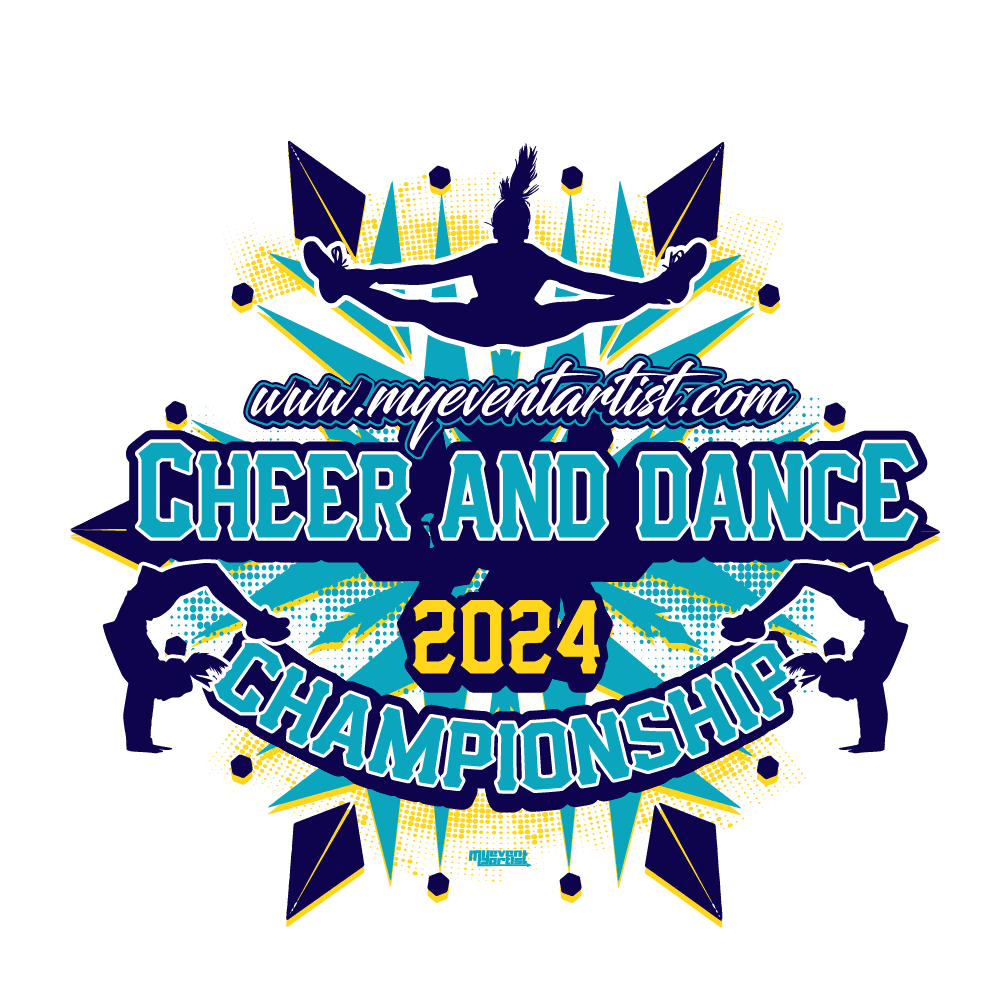Cheer and dance are vibrant, high-energy activities that entertain and inspire audiences while promoting teamwork and athleticism. Whether performed at sporting events, competitions, or community gatherings, cheerleading and dance require a combination of skill, creativity, and discipline. In this guide, we will break down the fundamentals of cheer and dance, including the key elements, techniques, and essential rules that govern these dynamic performances.
1. The Objectives of Cheer and Dance
The primary objective of cheer and dance is to engage and energize audiences, showcasing talent and fostering school spirit or team support. Here are some specific goals for both activities:
- Cheerleading: The main goal of cheerleading is to cheer for a team, promote school spirit, and lead the crowd in support during events. Cheerleaders perform stunts, jumps, and chants that aim to boost the team’s morale.
- Dance: Dance focuses on artistic expression, often telling a story or conveying emotions through movement. Dancers engage audiences through choreographed routines that showcase their skills and creativity.
2. Key Elements of Cheerleading
Cheerleading combines athletic skills with performance art:
- Stunts: Cheerleading stunts involve lifting and balancing team members to create visually impressive formations. This requires strength, trust, and teamwork. Spotters are essential for safety, ensuring that all stunts are executed properly.
- Jumps: Jumps are a critical component of cheer routines, showcasing flexibility and coordination. Common jumps include toe touches, herkies, and pikes, each adding energy to the performance.
- Chants and Cheers: Vocal enthusiasm is an essential part of cheerleading. Cheerleaders use chants and cheers to engage the crowd and motivate their team, often incorporating rhythmic clapping and catchy phrases.
3. Key Elements of Dance
Dance performances, whether in competition or as entertainment, emphasize artistic expression:
- Choreography: Dance routines are meticulously choreographed sequences that combine different styles, such as jazz, hip-hop, ballet, or contemporary. Choreography plays a significant role in communicating the performance’s theme or story.
- Technical Skills: Dancers must master various techniques, such as turns, leaps, and footwork, to execute their routines flawlessly. Proper training and practice are essential for developing these skills.
- Expression and Interpretation: Dance is an art form that conveys emotion and storytelling through movement. Dancers express feelings and themes through their body language, facial expressions, and overall performance quality.
4. Competition Structure
Both cheerleading and dance have competitive scenes that showcase talent and creativity:
- Cheer Competitions: Cheerleading competitions involve teams performing routines judged on various criteria, including stunts, jumps, choreography, vocal performance, and overall execution. Teams often compete in different categories, such as school, college, or all-star divisions.
- Dance Competitions: Dance competitions feature various styles, with teams or individual dancers judged on technical proficiency, artistry, choreography, and stage presence. Categories may include solo, duo, trio, and group performances, with numerous genres represented.
5. Safety Considerations
Safety is paramount in both cheerleading and dance:
- Proper Training: Participants should receive adequate training in stunts and techniques to prevent injuries. Coaches and instructors play a crucial role in teaching safe practices.
- Warm-Up and Conditioning: Warming up before practice and performances is vital for preventing injuries. Conditioning exercises help improve strength and flexibility, contributing to safer execution of movements.
- Use of Mats and Safety Equipment: In cheerleading, the use of mats for practice and spotters during stunts can significantly reduce injury risk. Dancers should perform in safe environments and on appropriate surfaces.
6. The Role of Coaches and Instructors
Effective coaching and instruction are crucial for success in both cheer and dance:
- Skill Development: Coaches help athletes develop technical skills, create choreography, and foster teamwork. They provide feedback to improve performance and build confidence.
- Team Building: Coaches often focus on fostering camaraderie among team members, creating a supportive environment that enhances performance and teamwork.
7. Essential Attire and Equipment
The right attire and equipment can enhance performance and safety:
- Cheer Uniforms: Cheerleaders typically wear matching uniforms that reflect their team’s colors and spirit. Uniforms often consist of skirts, shirts, and accessories that allow for freedom of movement.
- Dance Costumes: Dancers wear costumes suited to their performance style, often designed to enhance movement and expressive potential. Costumes may vary greatly based on the theme of the dance and the specific choreography.
- Footwear: Cheerleaders usually wear comfortable cheer sneakers, while dancers may wear ballet shoes, jazz shoes, or hip-hop shoes, depending on the style of dance.
8. Judging Criteria
Competitions are often evaluated based on specific criteria:
- Technique: Judges assess the accuracy of movements and execution of stunts, jumps, and choreography.
- Synchronization: Teams must perform in unison, and judges evaluate how well members move together as a cohesive unit.
- Creativity and Originality: Routines are also judged on their creativity and originality, with unique choreography and creative use of formations scoring higher.
- Overall Performance: The overall presentation, including energy, enthusiasm, and stage presence, contributes significantly to the final score.
9. Community and Team Spirit
Both cheerleading and dance foster a strong sense of community:
- Bonding Experience: Participating in cheer or dance allows individuals to form lasting friendships and build a support network that often extends beyond the performance.
- School and Community Pride: Both activities play a vital role in representing school spirit and community pride, engaging audiences and fostering enthusiasm.
10. Conclusion
Cheer and dance are thrilling expressions of athleticism, creativity, and teamwork that captivate audiences worldwide. Understanding the fundamentals of cheerleading and dance, from key elements and competition structure to safety considerations and performance criteria, enhances your appreciation of these dynamic activities. Whether you’re cheering for a team or performing for an audience, cheer and dance offer opportunities for expression, connection, and joy.
At MyEventArtist, we are passionate about promoting your team’s spirit and individuality through custom designs and branding solutions. Explore our design services at myeventartist.com and let us help you shine in your performance!
Keywords: cheerleading basics, dance performance, cheer and dance rules, cheer competition, dance competition
#cheerleadingbasics #danceperformance #cheeranddancerules #cheercompetition #dancecompetition



Leave a Reply